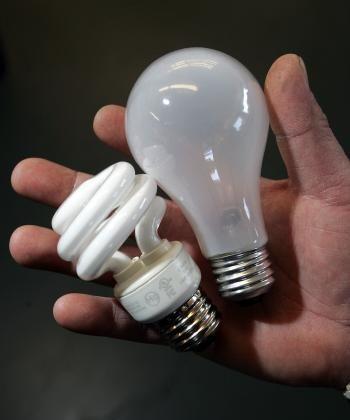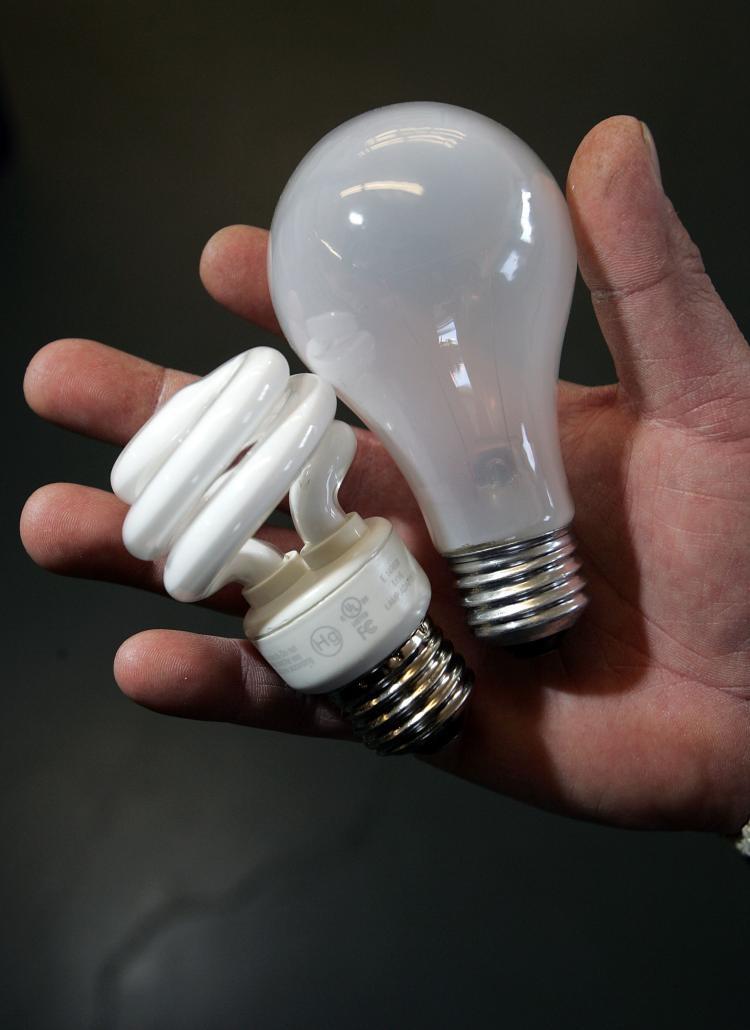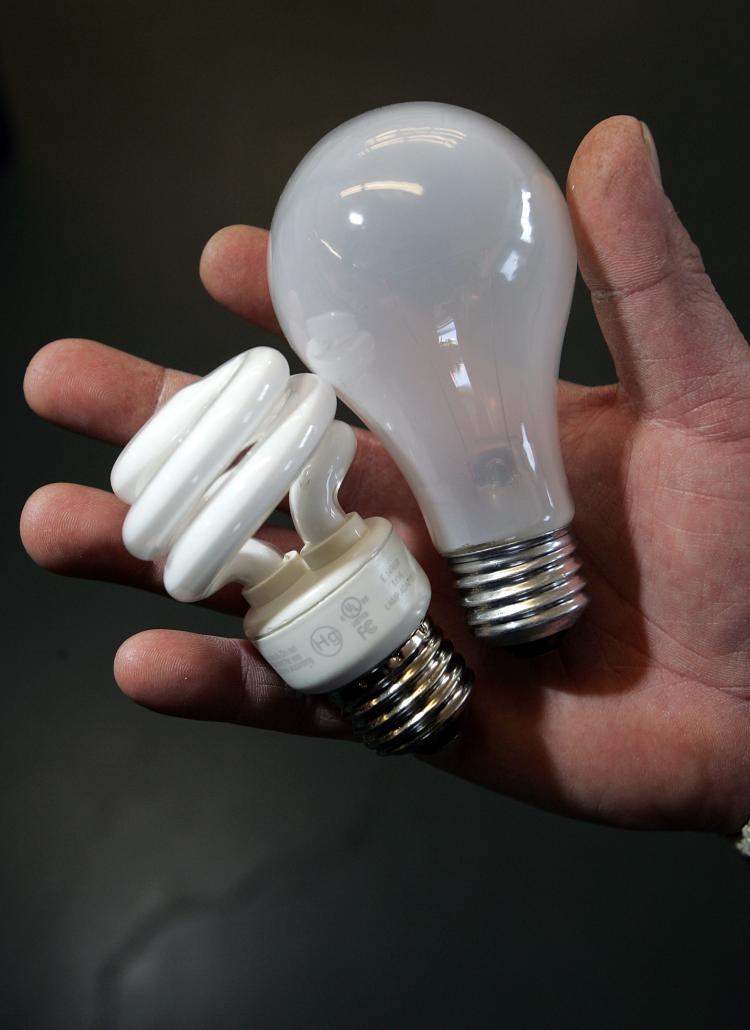Stimulus perks and President Barack Obama’s energy focus help lower installation costs by 50 percent in some cases. Add the fact that a whole range of incandescent light bulbs, and therefore, some fixtures will become obsolete in 2010, and a retrofit “really is a no-brainer,” said Noble Conservation Solutions co-founder and COO Lev Buslovich.
Buslovich says his company takes care of the entire energy-saving puzzle from audits to retrofitting to operational management. The company plays a part in the whole “sustainability footprint,” he said. Buslovich is also professor of business operations at the University of Minnesota and has worked for General Electric, Target, and the Carlson Company, looking at “how to make things more efficient.” He said one company saved $174 million over a three-year period after following the efficiency recommendations that looked at removing redundancies in the system. Figuring out bottlenecks, creating new systems, and making decisions based on data and prevention were key to his streamlining processes.
Energy efficiency is not just about changing the light bulbs—although this is a great first step. “It is the quickest, most symbolic, most visible, has the easiest payback, and affects other systems,” Buslovich said. Lighting efficiency can result in cooling systems not having to work as hard because of a reduction in heat output, further decreasing energy costs.
The Bottom Line
NCS’s current proposal to a 600,000 square foot distribution center in New Jersey includes a $45,000 per year saving on utility bills. The retrofit will cost around $229,000 but the company will receive a tax credit of $80,000 and a utility rebate of $68,715. The net investment will be approximately $80,000 and the payback on the investment will begin in only 1.78 years—giving a 56 percent return on the investment. Because NCS works with local inspectors to get the rebates pre-approved, companies will receive their rebate check two weeks after the final inspection is complete. Financing will allow companies to pay for the retrofit with the money they save from reduced energy costs—meaning companies pay nothing up front.
A chain of more than 300 restaurants and a company with 83 parking garages in Manhattan have been retrofitted by the company. The parking garages are now saving $614,269 on their electricity bill each year—a savings of 47 percent compared to the $1.29 million they were paying per year.
A 14-story apartment complex that had 180,000 square feet of common spaces retrofitted was paying an electricity bill of $78,000 per year. They now save $37,000 per year and their installation costs were reduced by almost 40 percent through rebates and tax incentives. The payback on the retrofit was 1.4 years.
It’s not just about changing out light bulbs. Often with linear bulbs and all new lights, new ballast needs to be installed to optimize efficiency. “If you put the new light in an old fixture, it’s shortens the life of the efficient bulb by half,” said NCS sales director Molly Przetycki. Retrofitting is line voltage electrical work that needs to be performed by a licensed professional.
Despite the savings, some people are afraid to take the leap, Buslovich said. There is a lot of skepticism of something new, some people see it as “too much of a pain,” while others think that “lights are just lights,” he said.
A saving of $15 per day was not enough to tempt one building owner, who said it wasn’t worth it.
From the Earth’s Perspective
In addition to saving money, energy conservation is just good for the environment and national security. “It’s not just value-add, it is essential we do something,” Buslovich said.
He talked of the “fuels from hell” versus the “fuels from heaven.” Fuels from hell are black and dirty, extracted from the ground, and some come from nations that are not friendly to us, he said. Whereas fuels from heaven are ones such as solar, wind, wave power, etc.
Renewable energy resources, such as solar and wind, corner the market as far as media coverage, but they are way down the list in getting immediate returns on investments. The first step is making efficiency improvements before installing renewables, says the American Solar Energy Society. “By improving your energy efficiency, you reduce the size (and cost) of the renewable energy system needed. Improving your energy efficiency is the first and most important step toward adopting renewable energy.”
Often the retrofits are done in stages, as the requirements of the second stage can be drastically reduced due to the effectiveness of the first stage. For example, a new heating/cooling system should be put in place after insulation, lighting, and other building improvements are complete—the type of system required could be much more scaled down following insulation.
Of course, simply reducing a building’s utility costs is only half the story. Employee behavior, business strategy, and operational efficiency all have an impact on energy use. For warehouses, manufacturing facilities, and distribution centers, the returns can be even greater when the above is combined with energy efficiency projects.
The Stimulus:
Key provisions of the Stimulus legislation include:
- Solar and energy efficient improvements for federal buildings
- Solar water heating incentives, removing the $2000 cap on the 30% personal tax credit (excludes pools and hot tubs)
- Green-collar job training programs
- Ending the state and municipal ’subsidized financing penalty'
- Smart grid investments
- Expanding research and development programs for renewable energy and energy efficiency
SOURCE: American Solar Energy Society








Friends Read Free